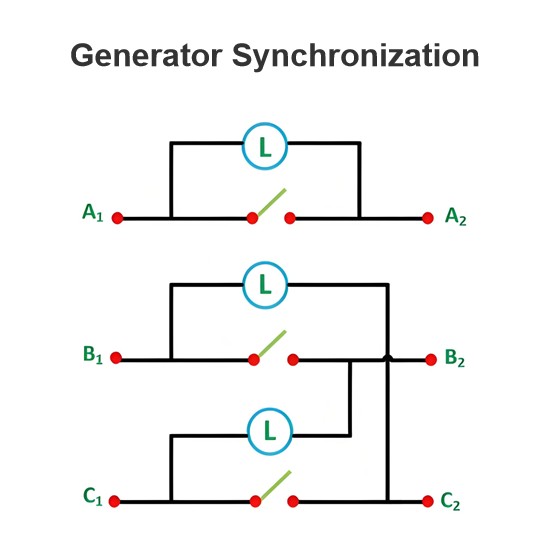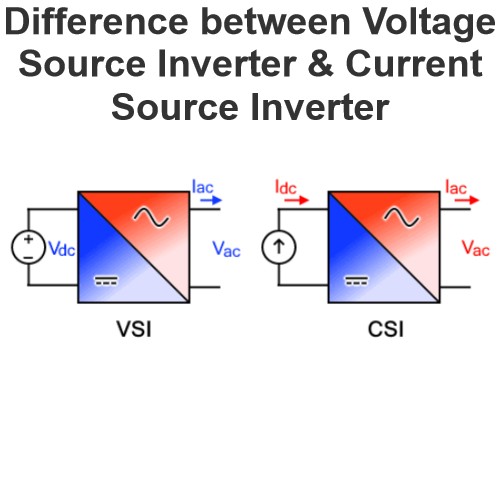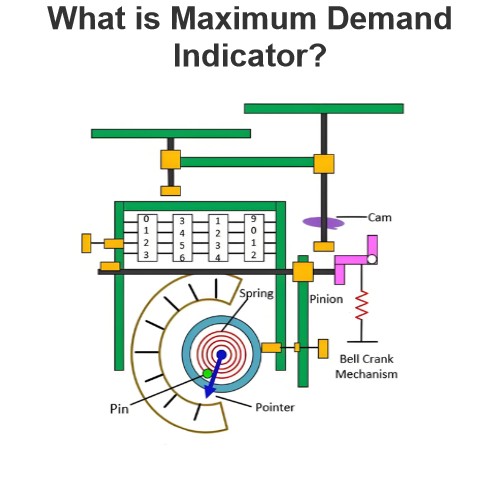What are the pros and cons of using NPN transistors?
Advantages and Disadvantages of Using NPN Transistors
NPN transistors (NPN Transistor) are bipolar junction transistors widely used in various electronic circuits. They consist of two N-type semiconductor regions and one P-type semiconductor region, commonly employed for signal amplification or as switching elements. Below are the primary advantages and disadvantages of using NPN transistors:
Advantages
Easy to Drive:The base (Base) of an NPN transistor is forward-biased relative to the emitter (Emitter), meaning only a small positive current or voltage at the base can control the large current between the collector (Collector) and the emitter. This makes NPN transistors very easy to drive, especially suitable for low-side switch applications.
High Gain:NPN transistors have a high current gain (β or hFE), which means a small base current can control a much larger collector current. This high gain characteristic makes NPN transistors ideal for amplifier circuits and switching applications.
Low Saturation Voltage:In saturation mode, the collector-emitter voltage (Vce(sat)) of an NPN transistor is typically low, ranging from 0.2V to 0.4V. This helps reduce power consumption, especially in high-current applications, as a low saturation voltage significantly decreases heat generation.
Widely Available and Cost-Effective:NPN transistors are the most commonly used bipolar junction transistors, with a wide variety of models available on the market at relatively low prices. Common NPN transistor models include 2N2222, BC547, TIP120, etc.
Suitable for Low-Side Switch Applications:NPN transistors are typically used in low-side switch configurations, where the emitter is grounded and the collector is connected to the load. This configuration makes it convenient to control the ground connection, making NPN transistors suitable for driving relays, LEDs, motors, and other devices.
Good Temperature Stability:Compared to PNP transistors, NPN transistors exhibit better performance stability at high temperatures, especially in saturation mode. This makes NPN transistors more advantageous in high-temperature environments.
Disadvantages
Requires Forward Bias Voltage:The base of an NPN transistor needs to be forward-biased relative to the emitter to turn on the transistor. This means additional power or voltage sources may be required to provide the base current. For example, in high-side switch applications, the base voltage of the NPN transistor must be higher than the load voltage, which can increase circuit complexity.
Not Suitable for High-Side Switch Applications:NPN transistors are not well-suited for high-side switch applications because their emitter must be grounded or connected to a lower potential. If you need to control the load from the power side (high-potential side), PNP transistors or MOSFETs are typically preferred. For high-side switch applications, NPN transistors require additional level-shifting or boost circuits to drive the base.
Base Current Consumption:Although NPN transistors have a high current gain, they still require some base current to control the collector current. In ultra-low-power applications where power consumption is critical, this base current can be a concern. In contrast, MOSFETs consume almost no gate current when turned on.
Temperature Sensitivity:While NPN transistors perform relatively well at high temperatures, they are still affected by temperature changes. As temperature increases, the transistor's parameters (such as current gain and saturation voltage) can change, leading to performance degradation or instability. Additional cooling measures or temperature compensation circuits may be necessary in high-temperature environments.
Speed Limitations:NPN transistors have relatively slower switching speeds, especially in high-current applications. This is because the internal carriers (electrons and holes) take time to accumulate and dissipate. Although modern high-speed NPN transistors have improved, MOSFETs or IGBTs may be more suitable for high-frequency applications.
Parasitic Capacitance Impact:NPN transistors have parasitic capacitances, particularly between the collector and the base. These parasitic capacitances can affect the transistor's performance at high frequencies, leading to gain reduction or oscillation. In high-frequency circuit design, measures may be needed to minimize the impact of these parasitic capacitances.
Applicable Scenarios
Low-Side Switch Applications: NPN transistors are excellent for low-side switch applications, such as driving LEDs, relays, motors, etc. In this configuration, the emitter is grounded, the collector is connected to the load, and the base is connected to a control signal source through a current-limiting resistor.
Amplifier Circuits: Due to their high current gain, NPN transistors are widely used in audio amplifiers, operational amplifiers, and other circuits that amplify weak input signals.
Logic Level Shifting: NPN transistors can be used to convert low-voltage signals to high-voltage signals or to shift logic levels to drive larger loads.
Current Sensing and Protection Circuits: NPN transistors can be used in current sensing circuits, where the current flowing through the transistor is monitored to implement overcurrent protection.
Summary
NPN transistors are widely used bipolar junction transistors with advantages such as ease of driving, high gain, low saturation voltage, wide availability, and cost-effectiveness. They are particularly suitable for low-side switch applications and amplifier circuits. However, they also have limitations, including the need for forward bias voltage, unsuitability for high-side switch applications, base current consumption, temperature sensitivity, speed limitations, and the impact of parasitic capacitance. When selecting a transistor, it is essential to weigh these pros and cons and consider whether other types of transistors (such as PNP transistors or MOSFETs) might better meet specific design requirements.
The Electricity Encyclopedia is dedicated to accelerating the dissemination and application of electricity knowledge and adding impetus to the development and innovation of the electricity industry.













